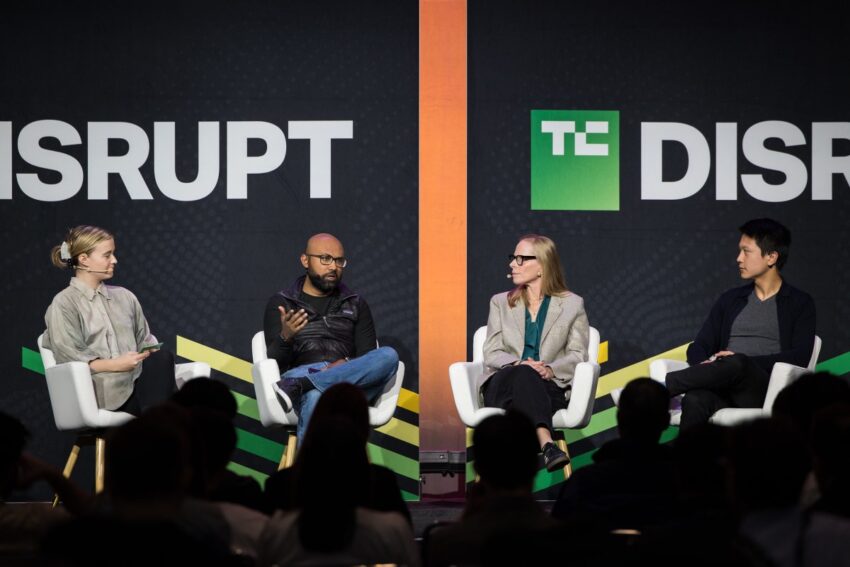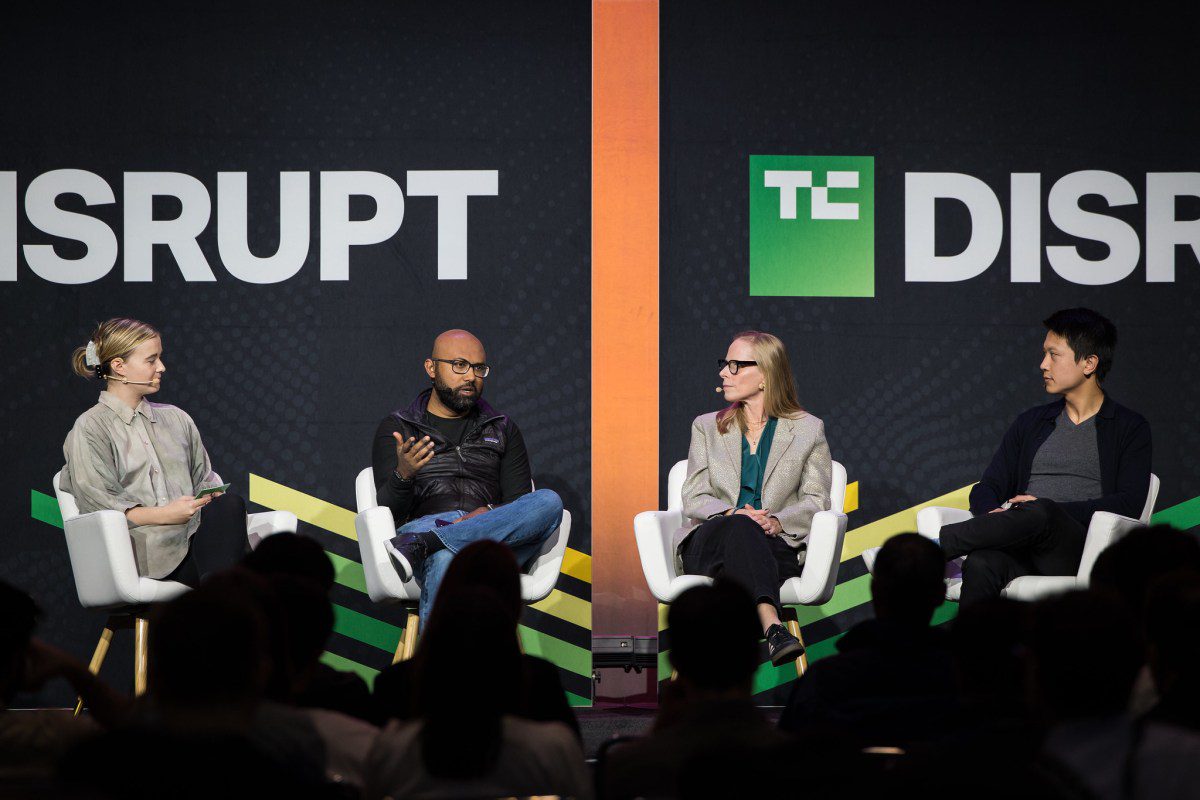
how founders can prepare for their late-stage Startups should start forging connections with late-stage investors while they are still at the early stages.
how founders can prepare for their late-stage
The Importance of Early Connections
In the fast-paced world of startups, the journey from inception to a successful exit can be fraught with challenges. One of the most critical aspects of this journey is securing funding, particularly in the later stages of development. Founders often focus on immediate funding needs, neglecting the long-term relationships that can facilitate future investments. Establishing connections with late-stage investors early on can provide startups with a strategic advantage, ensuring they are well-prepared when the time comes to seek larger rounds of funding.
Understanding Late-Stage Funding
Late-stage funding typically refers to investment rounds that occur after a startup has established a viable product and customer base. These rounds are crucial for scaling operations, expanding market reach, and preparing for potential public offerings or acquisitions. Investors in this stage are often looking for companies that demonstrate consistent revenue growth, a solid customer base, and a clear path to profitability.
Late-stage investors include venture capital firms, private equity firms, and institutional investors. Their investment strategies differ from those of early-stage investors, who may prioritize innovation and potential over immediate returns. Late-stage investors are generally more risk-averse, focusing on companies that have proven their business models and are poised for significant growth.
Building Relationships Early
Founders should prioritize building relationships with late-stage investors even before they need the funds. This proactive approach can yield several benefits:
- Trust and Credibility: Establishing a rapport with investors early on can build trust. When the time comes for a funding round, these investors are more likely to consider the startup favorably.
- Feedback and Guidance: Early interactions can provide valuable insights. Investors can offer feedback on business strategies, product development, and market positioning.
- Networking Opportunities: Investors often have extensive networks. By building relationships, founders can gain introductions to other potential investors, partners, and customers.
Strategies for Engagement
To effectively engage with late-stage investors, founders can employ several strategies:
- Attend Industry Events: Conferences, trade shows, and networking events are excellent opportunities to meet investors. Founders should actively participate in discussions, panels, and workshops to showcase their expertise and passion.
- Utilize Social Media: Platforms like LinkedIn can be powerful tools for connecting with investors. Founders should share updates about their startups, industry insights, and thought leadership content to attract attention.
- Seek Mentorship: Finding a mentor who has experience in securing late-stage funding can provide invaluable guidance. Mentors can offer advice on how to approach investors and what to expect during the fundraising process.
Preparing for Late-Stage Fundraising
Preparation is key when it comes to late-stage fundraising. Founders should focus on several critical areas to ensure they are ready when the time comes to seek larger investments.
Developing a Solid Business Model
A robust business model is essential for attracting late-stage investors. Founders should clearly define their value proposition, target market, and revenue streams. Investors will want to see that the startup has a sustainable business model that can generate consistent revenue and profits.
Establishing Metrics and KPIs
Investors rely on data to make informed decisions. Founders should establish key performance indicators (KPIs) that demonstrate the startup’s growth and potential. Metrics such as customer acquisition cost, lifetime value, and monthly recurring revenue are critical for showcasing the startup’s financial health.
Building a Strong Team
A startup’s success is often tied to the strength of its team. Founders should focus on assembling a talented and diverse team that can execute the company’s vision. Investors will look for a strong leadership team with a track record of success in their respective fields.
Creating a Compelling Pitch Deck
When the time comes to pitch to late-stage investors, a well-crafted pitch deck is essential. Founders should include the following elements in their presentation:
- Company Overview: A brief introduction to the startup, including its mission and vision.
- Market Opportunity: An analysis of the target market, including size, growth potential, and competitive landscape.
- Business Model: A clear explanation of how the startup generates revenue.
- Traction: Evidence of growth, including user metrics, sales figures, and partnerships.
- Financial Projections: Forecasts for revenue, expenses, and profitability over the next few years.
- Team: An overview of the leadership team and their relevant experience.
Understanding Investor Expectations
Late-stage investors have specific expectations when it comes to funding. Founders should be aware of these expectations to align their strategies accordingly.
Focus on Scalability
Investors want to see that a startup has the potential to scale rapidly. Founders should demonstrate how their business model can accommodate growth, whether through expanding product lines, entering new markets, or increasing customer acquisition efforts.
Emphasize Profitability
While growth is essential, profitability is equally important. Founders should be prepared to discuss their path to profitability and how they plan to manage expenses as they scale. Investors will want to see a clear timeline for when the startup expects to become profitable.
Highlighting Competitive Advantages
In a crowded market, having a competitive edge is crucial. Founders should articulate what sets their startup apart from competitors. This could include unique technology, proprietary processes, or strong customer relationships.
Post-Funding Strategies
Securing late-stage funding is just the beginning. Founders must also have a plan for how they will utilize the funds effectively. This includes:
- Scaling Operations: Investing in infrastructure, technology, and personnel to support growth.
- Marketing and Sales: Allocating resources to increase brand awareness and drive customer acquisition.
- Product Development: Continuing to innovate and improve the product offering to meet customer needs.
Conclusion
In conclusion, the journey to securing late-stage funding is a multifaceted process that requires careful planning and strategic relationship-building. By starting early and establishing connections with late-stage investors, founders can position their startups for success. Understanding the expectations of investors, preparing a compelling pitch, and having a clear plan for growth are essential steps in this process. As the startup landscape continues to evolve, those who proactively engage with potential investors will be better equipped to navigate the challenges of late-stage fundraising.
Source: Original report
Was this helpful?
Last Modified: November 12, 2025 at 3:40 am
2 views















